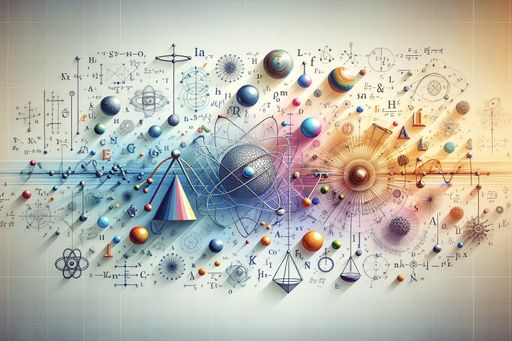Unveiling the Secrets of nonreciprocal molecule interactions
Researchers uncover a mechanism where molecules interact without external forces, shedding light on how simple matter evolves into complex structures and potential technological applications.

Discovery of Non-Reciprocal Molecule Interactions
Scientists from the University of Maine and Penn State have made a groundbreaking discovery: molecules can engage in interactions without the influence of external forces. This phenomenon challenges traditional scientific understanding and defies the conventional rules governing fundamental forces like gravity and electromagnetism.
In our daily lives, we often observe interactions that do not follow the standard laws of attraction and repulsion. A classic example is the relationship between predators and prey. While the predator is drawn to its target, the prey instinctively flees. These non-reciprocal interactions play a crucial role in the intricate behaviors observed in living organisms.
New Mechanism for Non-Reciprocal Interactions
Previous research explained non-reciprocal interactions in microscopic systems through hydrodynamic or other external forces. However, a study published in the journal Chem presents a revelation. Led by UMaine's theoretical physicist R. Dean Astumian in collaboration with Ayusman Sen and Niladri Sekhar Mandal from Penn State, the study introduces a novel mechanism illustrating how individual molecules engage in non-reciprocal interactions without the influence of hydrodynamic effects.
This mechanism is based on the localized gradients of reactants and products generated by reactions facilitated by chemical catalysts like enzymes. Remarkably, a catalyst's response to these gradients, dictated by its unique properties, can result in a scenario where one molecule repels yet attracts another.
The Importance of Kinetic Asymmetry
The researchers identified a property inherent in every catalyst called kinetic asymmetry, which dictates the direction of the response to concentration gradients. This property, intrinsic to enzymes, has the potential to drive evolution and adaptation.
These non-reciprocal interactions, enabled by kinetic asymmetry, play a pivotal role in molecular interactions, potentially shaping the transition from simple matter to complexity. Additionally, kinetic asymmetry is vital for the directionality of biomolecular machines and has influenced the design of synthetic molecular motors and pumps.



